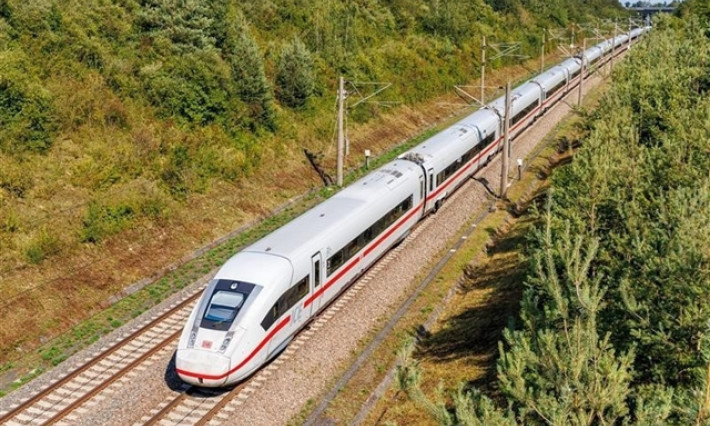Việt Nam aims to reach $25 billion in wood and timber exports by 2030
The targets are outlined in the National Forestry Plan recently approved by the Prime Minister.
Việt Nam's wood and timber exports are projected to reach US$20 billion by 2025 and $25 billion by 2030.
The targets are outlined in the National Forestry Plan for the period 2021-30, with a vision towards 2050, recently approved by the Prime Minister under Decision No. 895/QĐ-TTg.
The plan’s objective is to develop the forestry sector into a robust economic and technical field, based on establishing, managing, protecting, developing and sustainably using forest resources and forestry land, while ensuring broad and equitable participation from organisations and individuals in forestry activities and mobilising social resources.
The plan also aims to maximise the potential, roles and value of forests to promote sustainable development.
It seeks to contribute increasingly to socio-economic development, environmental protection, natural resource conservation, biodiversity preservation and climate change adaptation.
Enhancing forest quality
Specifically, the plan mandates Việt Nam to maintain national forest cover at a stable rate of 42-43 per cent, with a focus on improving the quality of existing natural forests.
The average annual growth rate of forestry production value is targeted to be between 5.0 per cent and 5.5 per cent.
Domestic consumption of wood and timber products is expected to reach $5 billion by 2025 and $6 billion by 2030.
By 2025, the income value from timber plantations per unit area should increase 1.5 times and by 2030, it should double, compared to 2020 levels.
By 2030, all the forest areas managed by organisations must be sustainably managed to enhance biodiversity conservation, protect forest functions and minimise legal violations in forestry.
By 2050, the forestry sector is set to become a significant economic and technical industry, leveraging the potential and advantages of tropical forest resources.
It will involve applying modern and environmentally-friendly technologies, creating high-value products and services, actively participating in the global value chain and contributing increasingly to the country’s sustainable development.
According to the plan’s direction until 2030, the sector will focus on advancing scientific research and developing new high-yield, high-quality tree varieties, particularly fast-growing indigenous species for timber production. The goal is to supply an average of 575 million trees annually.
From 2021 to 2025, about 1.18 million ha of forest will be planted, averaging 235,700 ha per year. From 2026 to 2030, about 1,29 million of forest will be grown, averaging 257,800 hectares per year.
By 2030, the area of large timber forests is expected to reach a million hectares.
By 2025, the area of forests certified for sustainable management is projected to be around 500,000 ha, increasing to about 1 million ha by 2030.
International timber trade hub
In terms of processing and trading wood and timber products, the priority is to develop timber trading centres in high-tech forestry zones.
The plan will establish an international timber trading centre, develop trade promotion programmes and market expansion strategies.
The emphasis will be on using modern, automated and specialised equipment and encouraging the development of technology to produce high-quality and value-added products.
Developing a highly skilled workforce will be achieved by updating training programmes, aligning training with practical needs and responding to the demands of businesses.
Government funding will be prioritised and used for upgrading training facilities.
The total investment required for implementing the plan is estimated to be VNĐ217.3 trillion ($8.73 billion), including VNĐ106.9 trillion ($4.29 billion) for the period of 2021-25.






